
12 Christmas Wishes for Horses, Owners from Veterinary Experts
Consider the following “wishes” equine experts made to help maximize your horses’ quality of life.

Consider the following “wishes” equine experts made to help maximize your horses’ quality of life.

Making diet changes slowly, ensuring water intake, and keeping horses moving can help reduce colic risk.

Equine nutrition, hydration, exercise, blanketing, and respiratory health can be concerns as temperatures dip.

Researchers observed noticeable lameness in horses consuming high levels of endophyte-infected seeds and hay.

Horses showed a clear preference for alfalfa compared to the other types of hay offered.
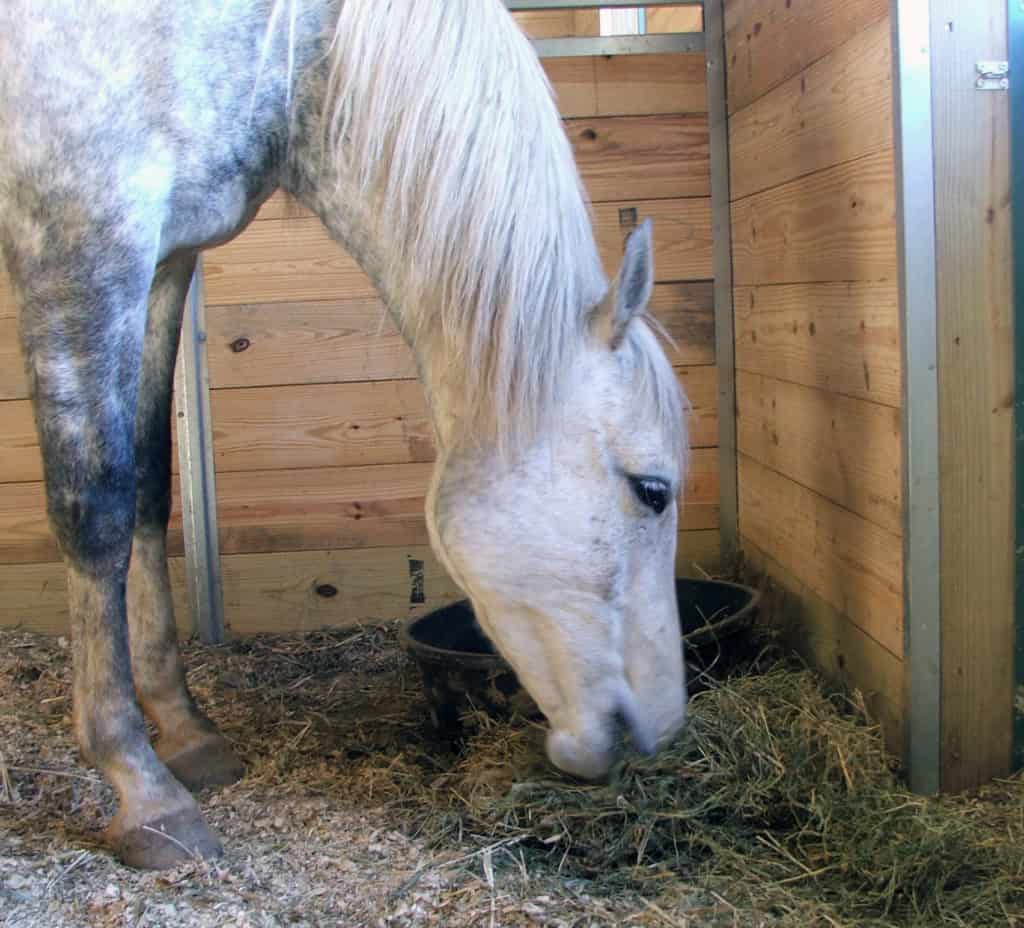
Forage-only diets provide horses with more physically effective fiber than hay-and-concentrate diets.

With hay stocks down and prices headed up, what should horse owners do? Be proactive and secure hay now for the rest of this year and early next year.
The grazing school will take place on Sept. 22 and will cover a variety of pasture and forage related topics.
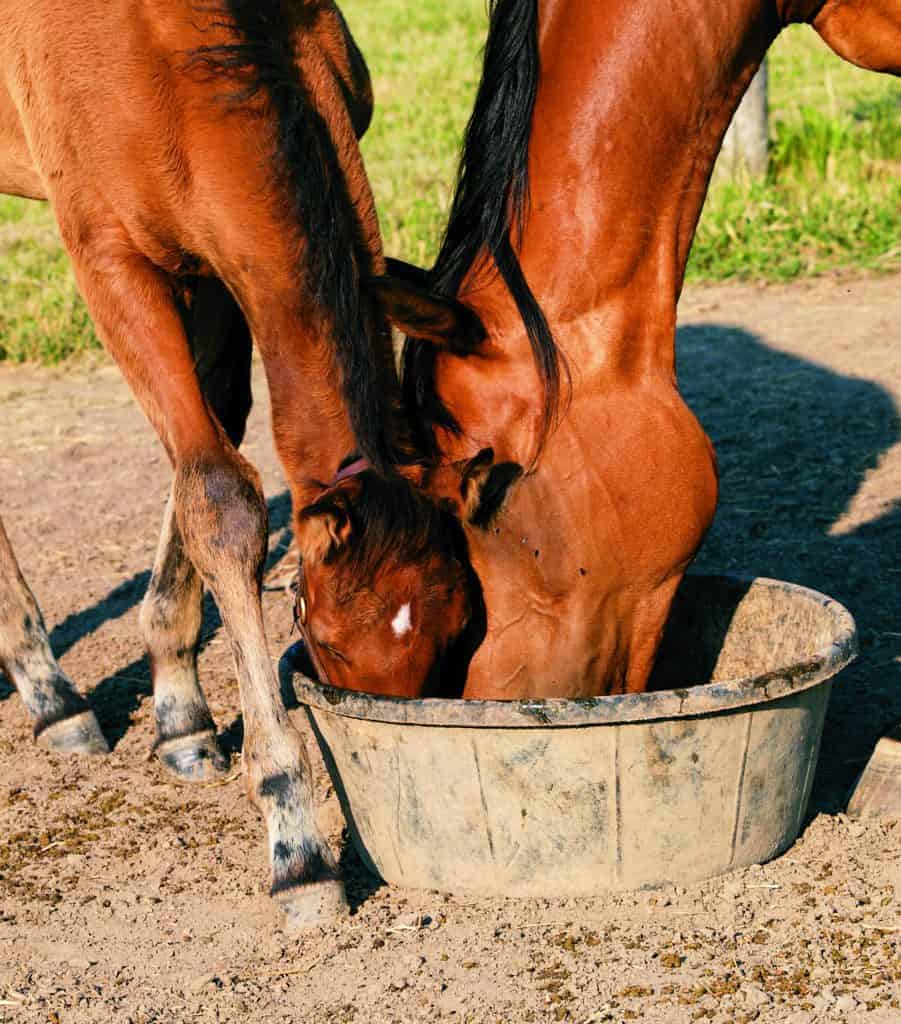
Understanding broodmares’ nutrient requirements can make developing a feeding program a less daunting task.
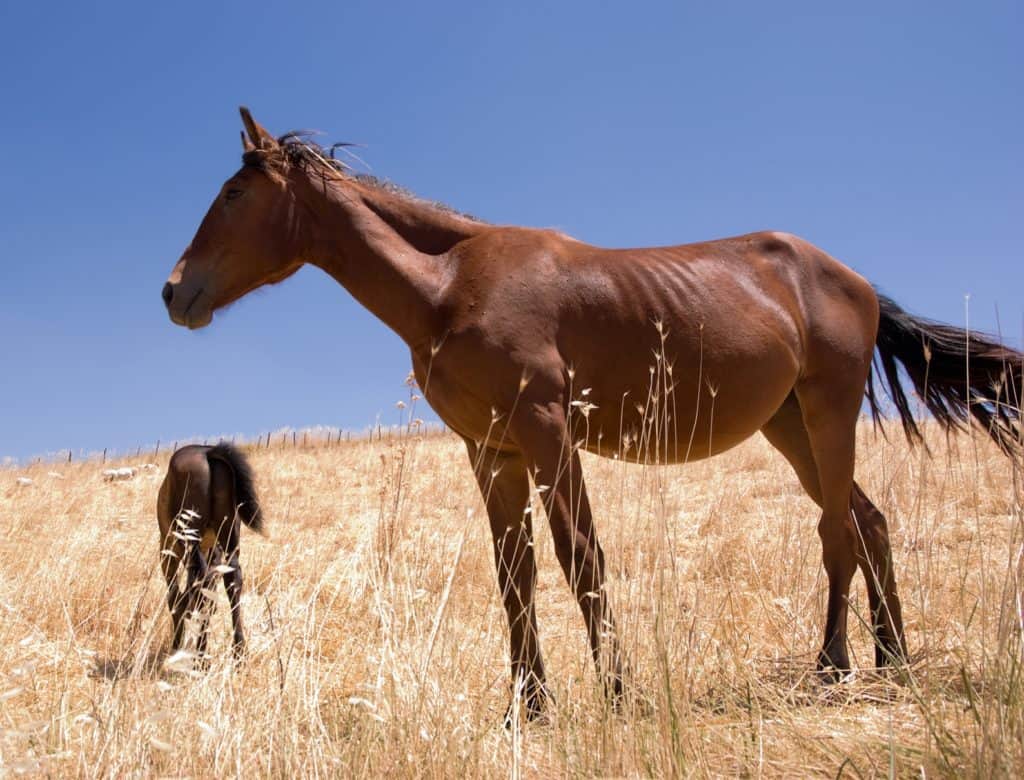
UC Davis researchers found that high-quality alfalfa hay is most effective for rehabilitating a starved horse.
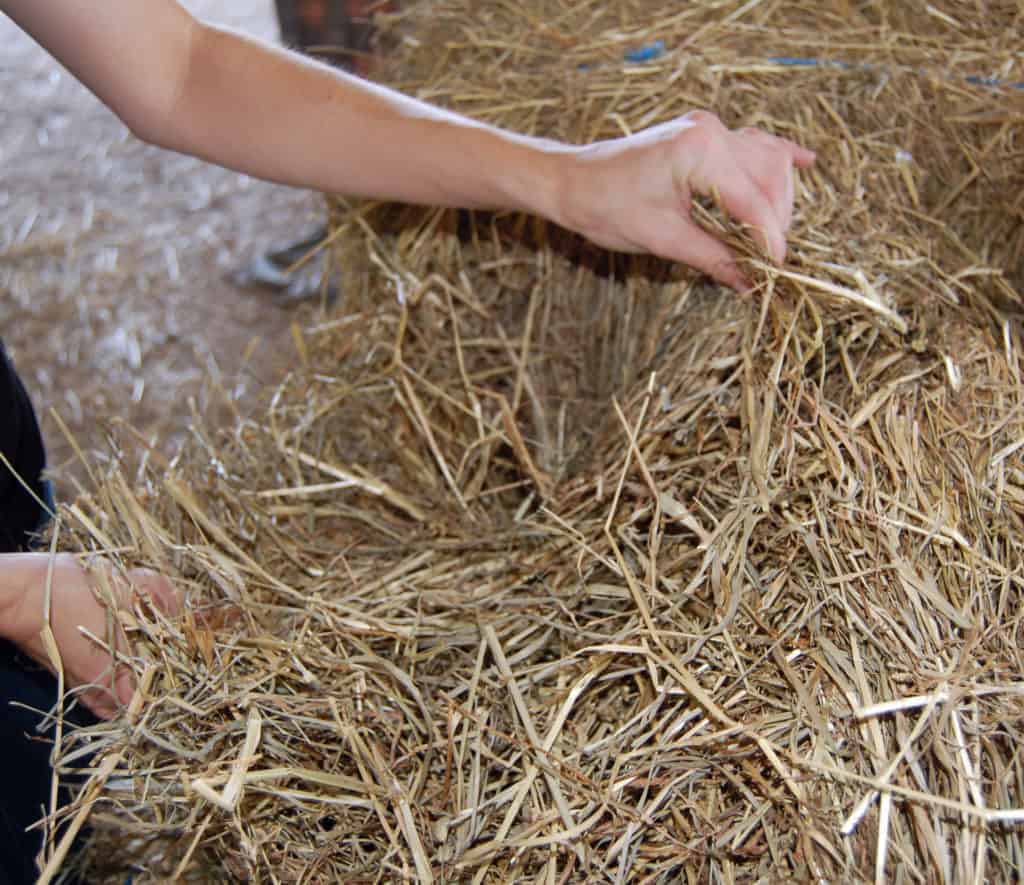
Horse owners might be concerned about the potential for an unsafe feed supply this year due to the drought.

When horses were not given a choice of forage, teff hay intake was no different than timothy hay intake.

Recent study results suggest that forage-only diets could hold benefits for performance horses.
Horse owners in many parts of the United States already deal with concerns of blister beetles in alfalfa hay as part of their everyday regimen.
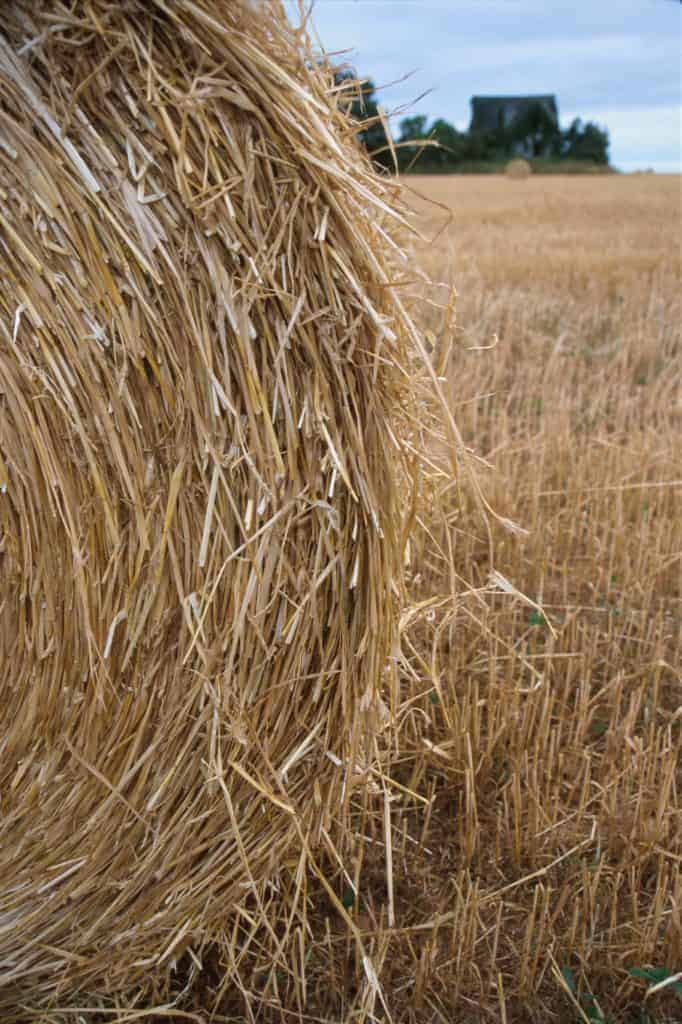
With no end to the drought and heat in sight, owners might have to rethink what they feed their horses.
Nitrate accumulation in forages is a real concern this season due to current drought conditions.
Stay on top of the most recent Horse Health news with
"*" indicates required fields